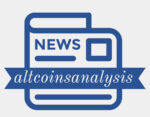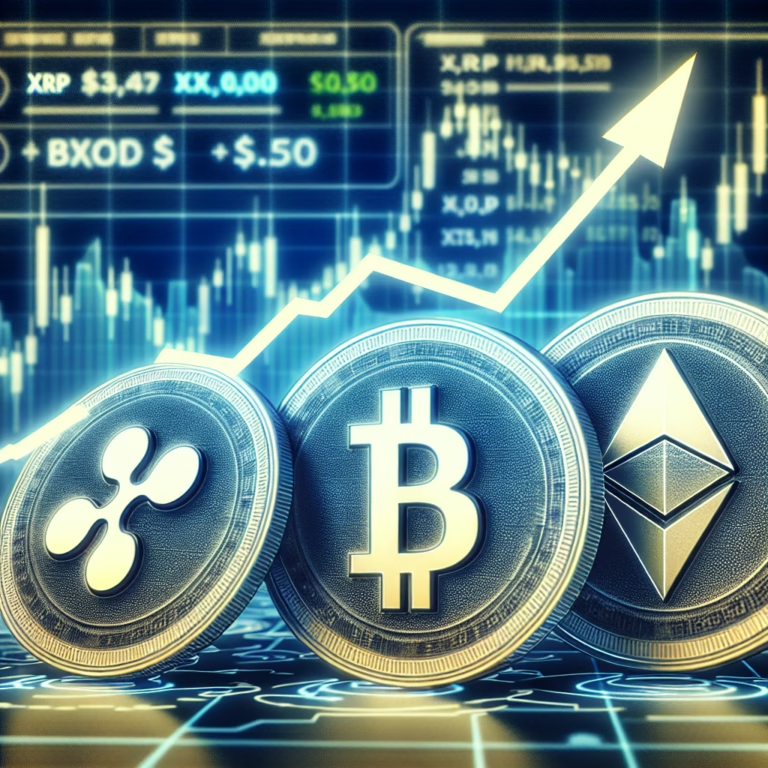
The XRP community received positive news recently as Ripple President Monica Long shared a progress update on the XRP Ledger (XRPL) in their Q2 report. The report highlights key developments, particularly the ongoing integration of the Ethereum Virtual Machine (EVM) compatibility through an XRPL EVM sidechain. This move is expected to significantly benefit the XRP ecosystem by fostering innovation and expanding its reach.
EVM Sidechain: A Bridge to New Possibilities
The most exciting news revolves around the XRPL EVM sidechain being built in collaboration with Axelar. This sidechain essentially acts as a separate ledger running parallel to the XRPL mainchain, but with added functionality. The key benefit here is EVM compatibility.
For those unfamiliar, the EVM, or Ethereum Virtual Machine, is the engine powering smart contracts on the Ethereum blockchain. Smart contracts are self-executing agreements that automate various functions, forming the backbone of Decentralized Finance (DeFi) applications. By integrating EVM compatibility, XRPL opens its doors to a whole new world of DeFi possibilities for developers on its platform.
Expanding the XRP Ecosystem: DeFi and Real-World Assets
As Long emphasizes, the XRPL EVM sidechain isn’t just about DeFi; it’s also geared towards real-world asset (RWA) tokenization. Tokenization refers to the process of creating digital representations of real-world assets like stocks, bonds, or even physical property.
The XRPL EVM sidechain, combined with Ripple’s partnership with Archax, a regulated security token platform, creates a fertile ground for RWA tokenization on XRP Ledger. This could potentially bring hundreds of millions of dollars in real-world assets into the XRP ecosystem, according to Long.
Looking Ahead: Oracles, MPT, and the Ongoing Legal Battle
While the EVM sidechain and RWA tokenization are exciting developments, the report also hints at further advancements in the pipeline. Long mentioned two upcoming releases – Oracles and MPT – that are expected to bring new functionalities to XRP in Q2 and Q3 of 2024.
However, the ongoing legal battle between Ripple and the SEC (Securities and Exchange Commission) remains a point of concern for the community. The lawsuit, which classifies XRP as a security, has cast a shadow over the digital asset’s market performance. Many believe a resolution in this case, whether settled or ruled upon, would be beneficial for XRP’s future.
Institutional Adoption: A Silver Lining
Despite the legal hurdle, the report highlights a positive trend – institutional adoption of XRP. The volatility of the broader cryptocurrency market notwithstanding, Ripple’s focus on RWA tokenization and achieving regulatory milestones like the Markets in Crypto Assets (MiCA) framework in Europe, appears to be attracting institutional interest.
Conclusion: A Positive Outlook for XRP
The news from Ripple’s Q2 report paints a positive picture for the future of XRP. The EVM sidechain opens doors to a vibrant DeFi ecosystem, while RWA tokenization unlocks new avenues for growth. Additionally, continued institutional adoption adds another layer of optimism. While the legal battle with the SEC remains a concern, the progress on other fronts suggests Ripple is actively working to solidify XRP’s position in the evolving financial landscape.






